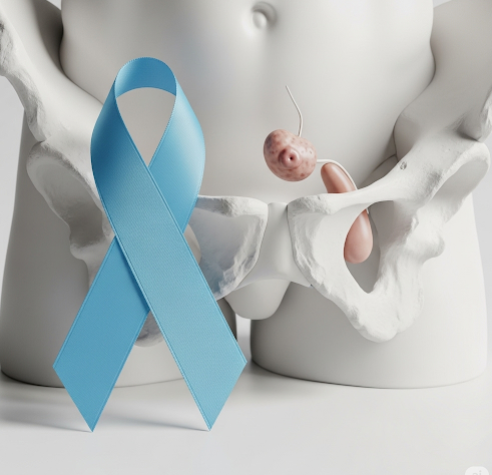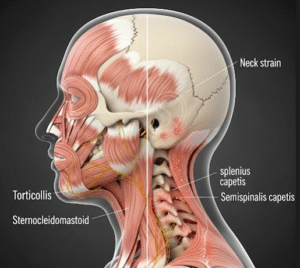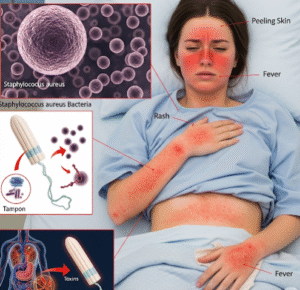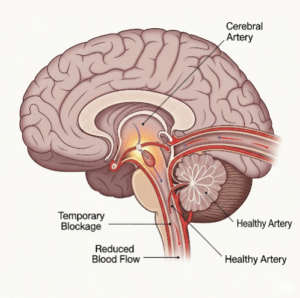Overview
Testicular cancer is a malignant growth that develops in the testicles, the male reproductive organs responsible for producing sperm and testosterone. Though relatively rare compared to other cancers, it is the most common cancer in men aged 15 to 35. Early detection and treatment are highly effective, with survival rates exceeding 95% in most cases. South Korea offers advanced diagnostic tools, specialized oncology centers, and cutting-edge treatment options, ensuring comprehensive care for patients with testicular cancer.
What is Testicular Cancer?
Testicular cancer occurs when cells in one or both testicles grow uncontrollably, forming tumors. These tumors can be classified into two main types: seminomas, which grow slowly and respond well to radiation therapy, and non-seminomas, which are more aggressive and may require a combination of surgery and chemotherapy. The exact cause of testicular cancer is not fully understood, but genetic, developmental, and environmental factors play a role.
Symptoms
Early-stage testicular cancer may not produce noticeable symptoms, making regular self-examination crucial. Common signs include:
- A lump or swelling in either testicle
- A feeling of heaviness or discomfort in the scrotum
- Pain or dull ache in the lower abdomen, groin, or testicle
- Enlargement or tenderness of the breasts (rare)
- Sudden accumulation of fluid in the scrotum
- Back pain, if the cancer spreads to lymph nodes
Symptoms can vary depending on tumor type and stage. Persistent discomfort or any unusual changes in the testicles should prompt immediate medical evaluation.
Causes
The precise causes of testicular cancer are not fully understood, but several factors contribute to its development:
- Cryptorchidism: Undescended testicles increase cancer risk.
- Family history: Having a father or brother with testicular cancer raises susceptibility.
- Genetic factors: Certain inherited conditions or genetic mutations can increase risk.
- Age: Young and middle-aged men are more frequently affected.
- Previous testicular cancer: Men with a history of testicular cancer have higher chances of developing it in the other testicle.
- HIV infection: Individuals with HIV may have a slightly higher risk.
Risk Factors
Several factors make certain men more prone to testicular cancer:
- Age between 15 and 35 years
- Family history of testicular cancer
- Undescended testicles or other congenital abnormalities
- Personal history of testicular cancer
- Genetic syndromes, such as Klinefelter syndrome
- Ethnicity: Caucasian men have higher incidence rates compared to other groups
Complications
If untreated or diagnosed late, testicular cancer can lead to complications such as:
- Metastasis to lymph nodes, lungs, liver, or brain
- Infertility due to surgery, chemotherapy, or radiation therapy
- Hormonal imbalances affecting testosterone production
- Chronic pain in the testicle or groin area
- Psychological impact, including anxiety or depression
- Rarely, secondary cancers as a result of certain treatments
Prevention
While testicular cancer cannot always be prevented, the following strategies can reduce risk and ensure early detection:
- Perform regular self-examinations to detect lumps or changes
- Seek prompt medical attention for unusual swelling or pain
- Maintain a healthy lifestyle, including exercise and balanced nutrition
- Address congenital conditions like undescended testicles early
- Avoid exposure to environmental toxins where possible
- Stay informed about family medical history and genetic risks
Treatment Options in Korea
South Korea offers comprehensive treatment for testicular cancer, including modern surgical, medical, and supportive therapies:
1. Surgical Treatments
- Orchiectomy: Removal of the affected testicle, which is the primary treatment for most cases.
- Retroperitoneal lymph node dissection (RPLND): Surgery to remove lymph nodes if cancer has spread.
2. Chemotherapy
- Used for non-seminomas or advanced stages of cancer to destroy cancerous cells.
- Common regimens include BEP (Bleomycin, Etoposide, and Cisplatin).
3. Radiation Therapy
- Primarily used for seminomas to target cancer cells in the affected testicle or surrounding lymph nodes.
- Modern techniques in Korea allow precise targeting with minimal side effects.
4. Fertility Preservation
- Sperm banking is recommended prior to surgery or chemotherapy to preserve reproductive options.
5. Post-treatment Care
- Regular follow-up with blood tests, imaging scans, and physical exams to detect recurrence.
- Supportive care includes pain management, psychological counseling, and lifestyle guidance.
Cost and Hospital Care
Treatment costs in Korea vary depending on cancer stage, type, and intervention method. High-quality oncology hospitals provide multidisciplinary care, advanced imaging, and state-of-the-art surgical facilities. Korean specialists emphasize early detection, minimally invasive procedures where possible, and personalized treatment plans to maximize survival and quality of life.
With early diagnosis and proper management, most men with testicular cancer in Korea achieve full recovery, highlighting the country’s expertise in oncological care.













